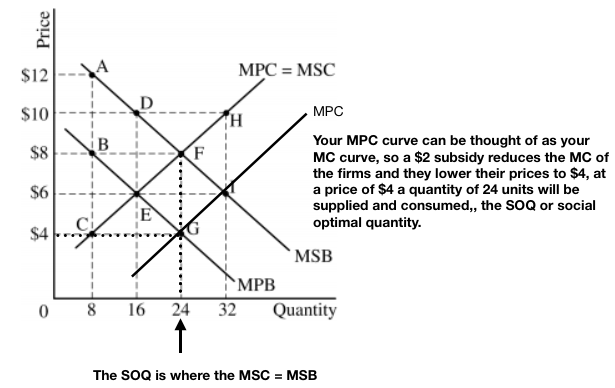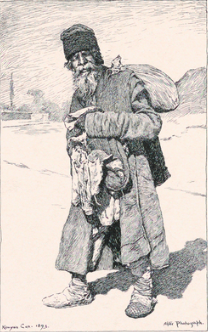2018 AP Microeconomics FRQ #3
(a) Nirali spends 3 hours studying microeconomics and 2 hours studying history. Calculate her gain from the second hour spent studying history.
First, we should recognize that the Expected Score is the expected Output (grade) gained by studying a certain number of hours. For instance, if I study one hour my expected score will be a 40 on the exam, and if I study an additional hour (2) I'll add 20 points to my score. My marginal score from 1 hour studied to 2 hours studied is 20. I gained 20 points by studying and extra hour.
(b) Calculate Nirali's opportunity cost of time spent studying that second hour of history.
(c) Assume that Narali increases the time she allocates to studying history. What happens to the opportunity cost of studying history? Explain.
We would assume that opportunity cost would increase. Her Opportunity cost (what she gives up) by studying more history is a worse score in Micro.
(d) Assume that Narali has a goal of maximizing the sum of her test scores. How many hours should she study for each?
It's clear by looking at the marginal gains, that the best choice is 3 hours of history and 2 hours of Micro.
At 3 hours of history and 2 of micro we gain a total score (utility) of 72 + 82 = 154
At 2 hours of history and 3 of micro we gain a total score (utility) of 60 + 90 = 140
At 4 hours of history and 1 of micro we gain a total score (utility) of 77 + 60 = 137
(e) Nirali gains an additional hour where will she allocate it? Explain using marginal analysis.
The 3rd hour of micro gains her 8 points while the 4th hour of history only gains her 5 points.
8 > 5 so choose the additional hour of micro.
















































